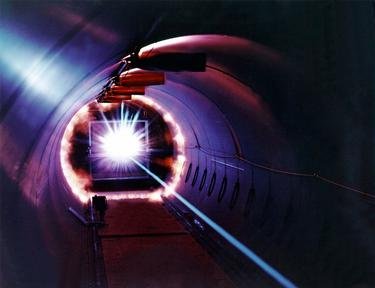Quiz Answer Key and Fun Facts
1. Atoms consists of which particles?
2. Atom comes from the Greek word 'atomos' which means undivided. Now we know that atoms in fact are divided into different particles(see question 1). Protons and neutrons can be further divided into even smaller parts. What do we call these smaller parts that makes up protons and neutrons?
3. There are six types or 'flavours' of quarks. The first five quarks are called: Up, Down, Top, Bottom and Strange. What is the name of the last quark?
4. Who discovered the electron?
5. The muon is a particle similar to the electron except for its mass. How much heavier is the muon compared to the electron? ---
6. What do you call this group of unstable subatomic particles with masses intermediate between that of the electron and that of the proton?
7. To which group of particles does the electron belong?
8. The spin of bosons can only take values that are whole numbers or zero?
9. The baryons form a subclass of the?
10. The lambda, xi, sigma, and omega particles belong to which group of highly unstable subatomic particles?
Source: Author
Bohr
This quiz was reviewed by FunTrivia editor
crisw before going online.
Any errors found in FunTrivia content are routinely corrected through our feedback system.

